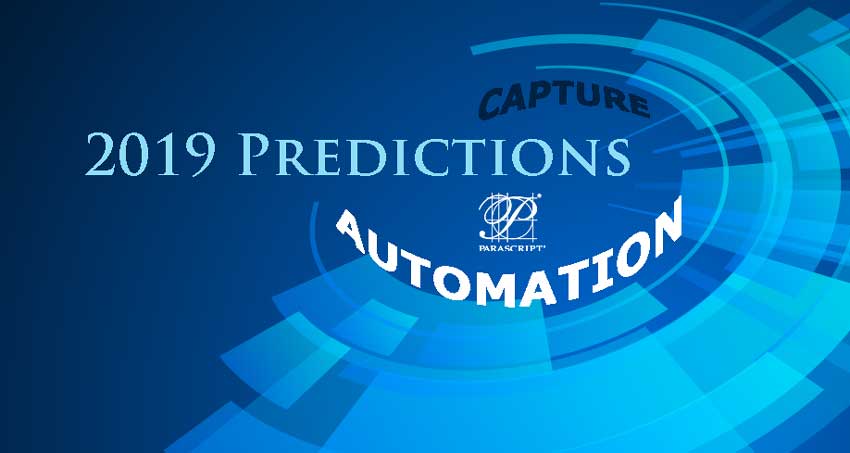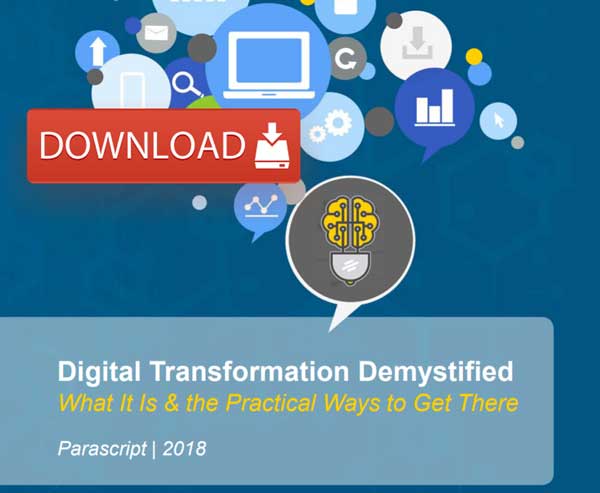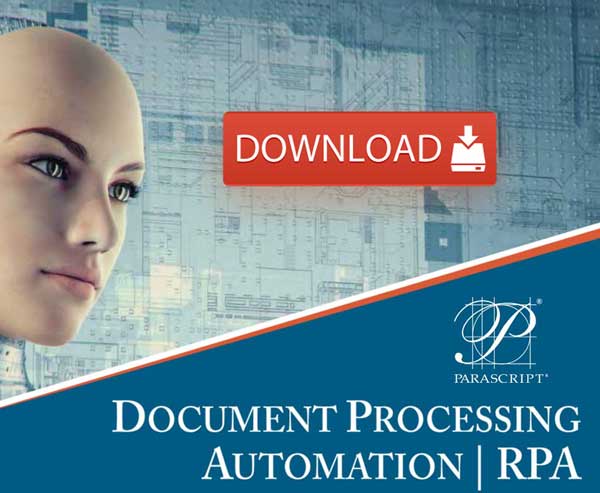
Let’s take a serious look at last year’s predictions and tee-up three new predictions for 2019. Last year, we focused on three macro trends, and this is our honest assessment of those trends.
Unbridled enthusiasm increases for AI and wanes significantly—depending on the application.
Unbridled enthusiasm increases for AI and wanes significantly—depending on the application. Enthusiasm for AI has increased, but the AI bubble has definitely not popped. While I couldn’t find any actual counts of AI mentions, anecdotally, I think we can say that 2018 saw even more attention on AI than in previous years.
Increasingly, more of that attention is being placed on where AI can really benefit our day-to-day lives as well as on its drawbacks. As an example, there certainly was no shortage of articles on the problems facing IBM and its once ballyhooed Watson platform. In addition, the general tenor of coverage has become more balanced and nuanced, interweaving a discussion of the weaknesses of AI within the common enthusiasm of increased adoption.
Misunderstandings and confusion regarding what constitutes AI and the difference between machine learning and deep learning continue to abound. Vendors do not help by tying everything they do to the sexiest technology trends. At Parascript, we were right on the mark about how machine learning can be applied to advanced capture, but how could we not be when we have inside knowledge of our own development plans!
Cloud capture increases adoption for specific applications.
Cloud capture increases adoption for specific applications. This trend started to develop, but not in the way most people imagined. Rather than see new cloud-based capture capabilities from the usual suspects, the likes of Amazon, Microsoft and Google moved the needle, even tackling handwriting recognition.
However, it must be noted that cloud OCR is a far cry from advanced capture, which takes the output of OCR and interprets it to reveal useful data. The general availability of OCR and handwriting recognition can aid with document automation projects by offloading this typically CPU-intensive process to scalable, cloud-based services. Also having two of the “FAANG” companies make a big deal about their OCR offerings will lend more credence to a larger number of organizations adopting this core technology.
Robotic Process Automation (RPA) is put in its place relative to other technology domains.
RPA is put in its place relative to other technology domains. RPA is still a darling of the technology world with vendors having reached stratospheric valuations. And yet, the creeping doubt that we predicted is just beginning to be felt, especially within the analyst community as the expectations outstrip the capabilities of these products.
If the appearance of articles by the Doculabs and Horses For Sources CEOs that include very strong warnings regarding RPA are worth considering, we can expect unbridled enthusiasm for RPA to be replaced with sober and level-headed plans for practical applications.
Automation Trends to Watch for in 2019
In 2019, we offer the following serious trends to watch.
Interest in machine learning includes the reality and need for data and data science: “Big Data 2.0.”
Interest in machine learning includes the reality and need for data and data science: “Big Data 2.0.” We actually addressed this topic in our 2017 prediction about having quality input data. While much continues to be made about the magical (or potentially evil) aspects of AI, we will start to understand a practical limit to all of it: that is, access to high quality data and the data science required to uphold that quality.
Machine learning has always needed a lot of data in order to develop inferences and “learn” and deep learning, while showing tremendous results, requires even more data. It is the modern application of the old computer axiom of garbage-in/garbage-out. There is no doubt that as more processes undergo digital transformation, that more and more data will be created. After all, this is where “big data” originated. What is not as well known is the over-fitting and biases within machine learning models that can go undetected, yielding poor results or downright dangerous outcomes. The key is good data science and practices where the data that is used to learn is as pristine as possible. Going from “Big Data” to “Good Data”will be of growing interest.
Advanced handwriting recognition goes mainstream.
Advanced handwriting recognition goes mainstream. Fresh on the heels of offering cloud-based OCR and handwriting recognition, more use of handwritten information within consumer and business-oriented applications will take hold. Parascript has been a longtime provider of unconstrained hand-print and cursive recognition, but until recently, overall adoption has been relatively limited largely due to preconceived notions or past experience with less capable technologies leading to the belief that it doesn’t work well.
While Parascript customers know otherwise, with the “awareness muscle” of Google and Microsoft, we will see renewed interest in everything from simple handwriting transcription for search-based applications to applying more advanced machine learning to business correspondence to determine the proper course of action. Just like advanced capture, these applications will use handwriting transcription as a core prerequisite, but then deliver a bevy of AI-based interpretation on top to deliver actionable information.
Advanced Capture embraces the digital domain.
Advanced Capture embraces the digital domain.The primary lens with which most organizations view capture solutions is focused mostly on solving the “paper problem.” Use cases typically are limited to scanning documents and/or processing image-based files. A lot of this makes sense due to how advanced capture grew out of document imaging, but it doesn’t make sense to arbitrarily limit the advance interpretive nature of this solution area to paper-based information. Some of this is the fault of advanced capture vendors that require searchable PDFs and electronic documents to be “rasterized” into images as a prerequisite. (NOTE: Parascript removed this unnecessary prerequisite about two years ago).
Moving into the Future
Simply put, these performance machines were built for the track so they cannot go off-road. Of course, off-road is where the bulk of unstructured data exists. Given the many different input channels that B2B and B2C organizations use, the ability to process all of this document-based data regardless of origin will become more important. Take, for instance, contract analysis. This set of relatively new capabilities typically operates on agreements that are kept in original formats or converted to searchable PDFs.
From here, they apply advanced parsing to identify key terms, none of which require the use of OCR (in fact, some do not have OCR capabilities at all). Another tangential field to advanced capture deals with “data leak protection,” which applies parsing of digital files including email to detect and prevent disclosure of sensitive data – something that advanced capture has done for years with automated redaction. There is simply no reason to separate these types of applications based upon whether or not they were scanned or borne digitally.
2019 looks to build on some fairly adventurous applications of advanced technologies that we saw emerge in 2018. Let’s enjoy the ride – it promises to be an interesting year.
###
If you found this article insightful, you may find these two eBooks of interest, Digital Transformation Demystified eBook or the Document Processing Automation | RPA eBook:
To request a demo and needs assessment, CONTACT US HERE or via phone at (888) 225-0169.





